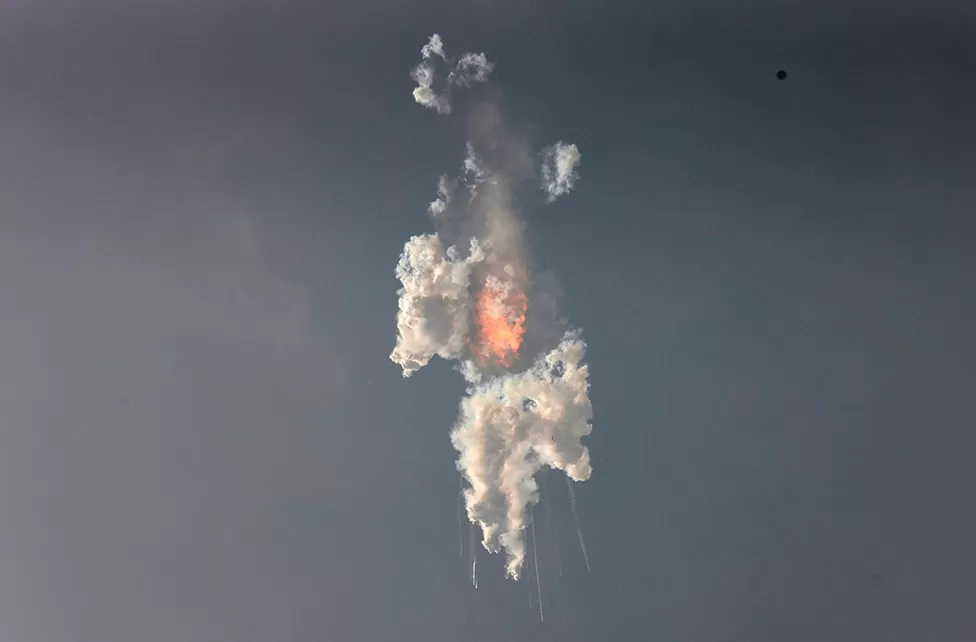SpaceX’s mammoth new rocket, Starship, exploded on its maiden flight on Thursday, January 28th, 2021, lifting off from Texas’ east coast. No one was hurt in the uncrewed test, which was watched by SpaceX CEO Elon Musk from the Texas control room.
After two to three minutes into the flight, the rocket, which is the biggest ever developed, started to tumble out of control and was soon destroyed by onboard charges. Musk has said his company will try again in a couple of months.
SpaceX engineers still consider Thursday’s mission as a success. They like to “test early and often” and are not afraid to break things. They will have gathered a mass of data to work towards the next flight. A second Starship is almost ready to take flight.
“Congrats @SpaceX team on an exciting test launch of Starship! Learned a lot for next test launch in a few months,” Musk tweeted.
The Federal Aviation Administration, which licenses rocket launches in the US, said it would oversee a mishap investigation. A spokesman said this was standard practice when a vehicle was lost in flight.
The top segment of Starship, also known as the ship, had taken flight previously on short hops, but this was the first time it had launched with its lower stage. The plan for the mission had been to send the ship on one near-complete revolution of the Earth, ending with a splashdown in the Pacific, a couple of hundred km north of Hawaii.
Starship has a prospective payload performance to orbit of more than 100 tonnes per flight. When this is allied to the low cost of operation, principally just the cost of fuel, it should open the door to an exciting future.
“In the industry, there’s certainly a very high expectation at the potential of this vehicle for disruption,” said space consultant Carissa Bryce Christensen.
“Its massive capacity, from a commercial standpoint, could be significant. A very large vehicle that’s human-rated could be important for the emergence of space tourism. The other element is the vehicle being inexpensive. So, you’ve got a vehicle with two transformational aspects – massive capacity and, potentially, at a very low price,” she told in an interview.
The entrepreneur will initially use Starship to launch thousands more satellites for his broadband internet constellation in the sky – Starlink. Only when engineers are confident in the vehicle’s reliability will they permit people to fly on the rocket.
The first mission has already been lined up, commanded by billionaire US businessman and fast-jet pilot Jared Isaacman. He’s already flown to space in a SpaceX Dragon capsule.
The first flight around the Moon will be conducted by Japanese retail fashion billionaire Yusaku Maezawa. He will take eight artists with him as part of his DearMoon project.
The US space agency, NASA, wants to use a version of Starship to land its astronauts on the Moon’s surface.




